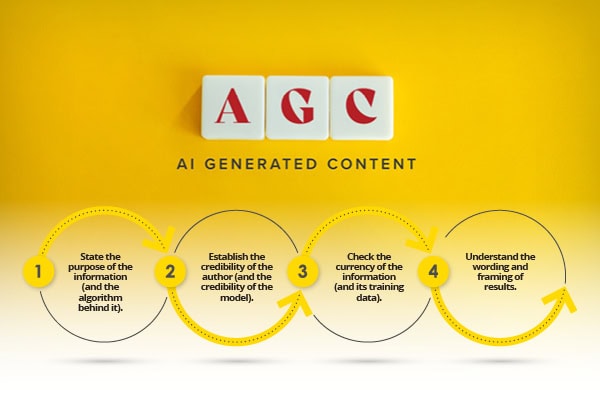Climbing rates of chronic absenteeism, increasingly disengaged students, historically low rates of college readiness among high school seniors, declining college enrollment – the fall out of the pandemic has educators thinking intensely about high school reform strategies, according to an Education Week article.
Driving the sense of urgency: post-secondary options for students are far more varied and complex than they once were. Students’ alternatives are both more wide-open—the gig economy and industry-specific credentials—and more difficult to attain. College is more expensive than ever, and in the long term, many jobs will require discipline-specific skills and training rather than a more general education.
What to do?
- Some districts are overhauling curriculum to align with in-demand industries and developing local industry partnerships to develop internship pipelines.
- Many strategies focus on experiential learning and a broad array of curriculum options to give students access to subjects with direct ties to career pathways.
- Efforts need to be rigorous and flexible. Present new options and opportunities that don’t preclude students from eventually going to higher education if they choose.
Chesterton High School (2,000 students) in Chesterton, Ind., with a long tradition of career and technical education programming, has recently opened the course schedule for seniors to spend interning.
Chip Pettit, superintendent of the Duneland School Corporation, the K-12 district near Lake Michigan that runs Chesterton High, in 2019 challenged the school to get at least 50 percent of seniors engaged in an experiential learning endeavor, either through its CTE (Career and Technical Education) or teacher cadet programs, or internships for high school seniors.
By the 2023-24 school year, Chesterton High Schools’ seniors exceeded the goal by 15 percentage points. Among its 467 seniors, 181 completed an internship/work-study arrangement, 108 completed a CTE program, and 14 were enrolled in cadet teaching.
“We’re trying to individualize or personalize the process for students where, by the time they get to their senior year of high school, the only reason that they should still be in our building is if there’s [instructional] programming that they’re compelled to take advantage of,” Petit says. Place them with a work-based learning or career internship in a field of study of interest to them and let them develop workforce skills, he says.
Increasingly, schools are being more flexible in how students can structure their school schedules. The Colonial School District in New Castle, Del., developed a “pathway program” that links education and workforce development efforts through CTE programs. Every one of Colonial’s students chooses from about two dozen career-oriented pathways as they enter high school.
The district’s William Penn High School students now have more than 20 pathways to choose from, from visual and performing arts to allied health. Students take multiple courses tied to their chosen pathway, in addition to standard high school curriculum, and can choose to participate in related experiential learning on campus or the broader community. The pathways do not pigeon-hole students into a post-high school track, says Brian Erskine, supervisor of college and career readiness for the district. “It’s not either CTE or college, it’s expanding possibilities.”
These districts are on the cutting edge of a transformational change still in its early stages. It takes time, resources and partnerships:
1) Educators must loosen up school schedules and instructor contracts so students can learn in and outside of school and get credit for their learning.
2) Partnering with business and industry requires co-creating learning opportunities and curriculum so it’s more relevant and aligned to what the workplace looks like.
3) Students and families must understand these pathways and what options are available to them.
“I really think that parents get it, district leaders get it, school leaders get it. And it’s just very hard to change high schools,” says Robin Lake, director, Center on Reinventing Public Education.
Education Week





